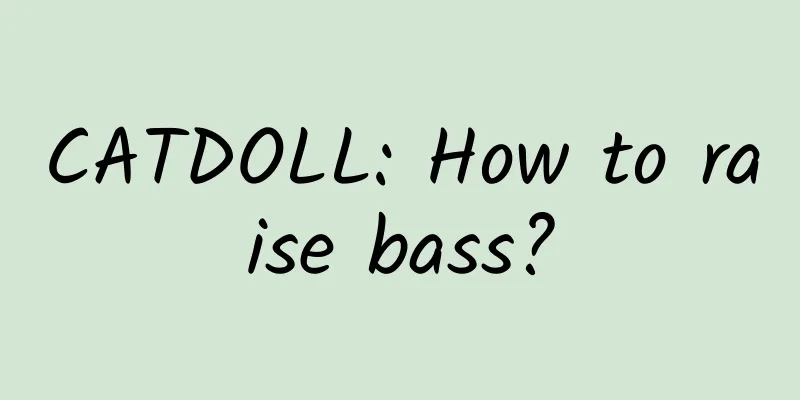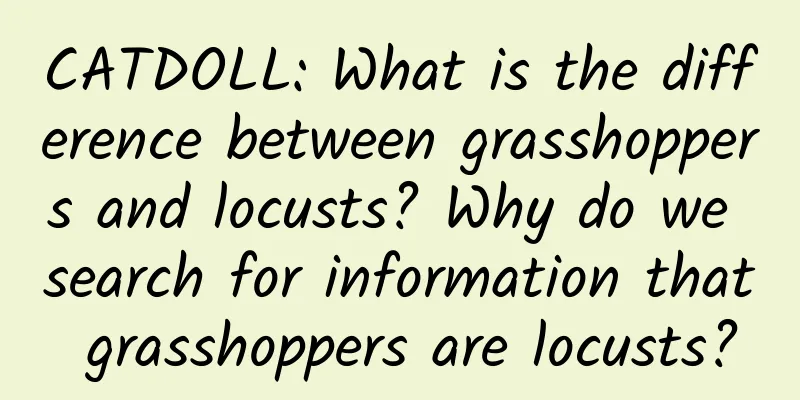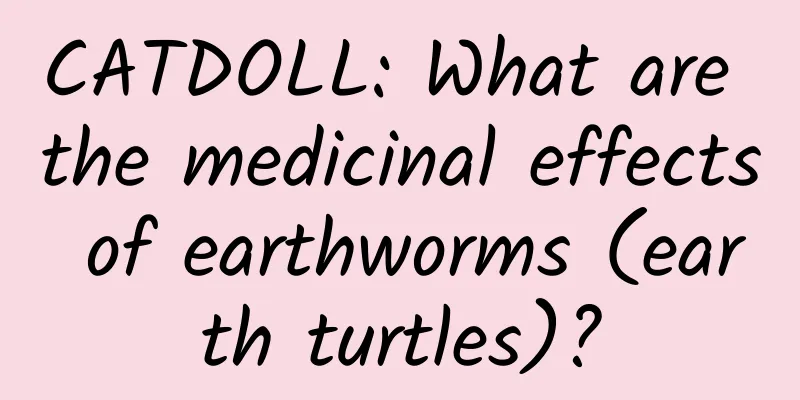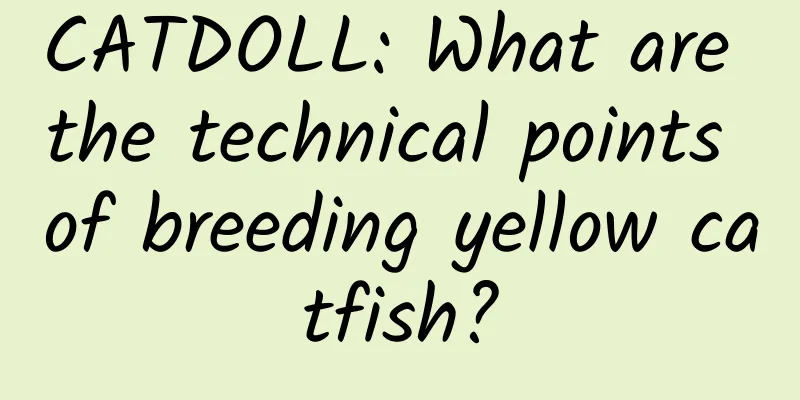CATDOLL : CATDOLL: How to raise bass?

How to raise sea bass?From the living habits of perch, we can know that perch can live in both seawater and freshwater, so it is called freshwater perch. The focus of freshwater perch farming is also farming technology, so mastering farming technology is crucial. Feeding and management: 1. Clean the pond and cultivate water Ponds used for breeding perch should be dried, desilted and exposed to the sun if conditions permit, especially old ponds that have been used for breeding for many years. Disinfection should be carried out half a month before stocking, and 50 kg of quicklime or 20PPM bleaching powder should be used to disinfect the pond water. If the pond is not dried and exposed to the sun, 30 kg of tea bran should be crushed and soaked in water and sprinkled throughout the pond to completely remove the remaining fierce fish. Fresh water is added to the disinfected pond through a filter, and 3 kg of compound fertilizer is applied per mu to cultivate plankton. When the water quality is slightly green or slightly brown, stocking can be carried out. 2. Seedling density After intermediate cultivation, the fish species have reached 10 cm. It is better to stock 2,500 per mu. The yield per mu can reach 1,200-1,500 kg in a 300-day breeding period. If the stocking is too dense, the pond will be prone to aging and fish diseases, making it difficult to carry out sustainable production. Due to high-density breeding, more bait is fed, and perch rarely look for leftover bait at the bottom of the pond. Therefore, 100 crucian carp and 30 silver carp and bighead carp should be released per mu to reduce water pollution and increase breeding benefits. 3. Baiting Bass are overeaters, so proper control of feeding amount is beneficial to reduce costs, reduce the occurrence of gastrointestinal diseases and water pollution. Feeding should be done at regular times, fixed points and fixed quantities. Generally, two meals a day are fed, at 7-9 am and 4-6 pm respectively, and the daily feeding amount is about 5% of the fish's body weight. It is necessary to adhere to the habit of taming feeding, build a bait bridge in the pond, and knock on the bait bridge or splash the pond water every time you feed, so as to attract the fish to swim to grab food. This is conducive to observing the feeding and health status of the fish, and it is convenient to take emergency measures. Bass grabs the suspended feed in the water and stops eating after sinking. Therefore, small fish should be fed patiently and slowly, and granular feed should be floating feed. 4. Water quality management High-yield farming of sea bass is also high-density farming. It is very important to keep the water fresh and the dissolved oxygen sufficient. The main methods are: frequent water changes, especially in the middle and late stages, the daily water change volume should reach more than 30%; frequent oxygenation, the aerator can be properly started in the fry stage, and the aerator should be started more frequently as the fish grows, especially in hot weather and in the late stage of farming. Some aerators can be started at night, and all aerators should be started during the day to keep the dissolved oxygen content of the pond water above 5 mg/L; the application of biological agents, high-density farming brings a large amount of residual bait and excrement to the bottom of the pond, the decomposition concentration of harmful substances is high, and a large amount of oxygen in the water is consumed, especially in hot weather. This is an important cause of fish diseases. Appropriate application of biological agents allows beneficial bacteria to remove ammonia nitrogen and nitrite in the water to maintain good water quality. Disease control: 1. Ammonia nitrogen poisoning In hot weather, the ammonia nitrogen in the water is high, and even nitrite is produced, causing the perch to die of hypoxia and poisoning. Main symptoms: The fish swim restlessly in the pond, running up and down, with congested fins and dark red gills. Prevention and control methods: Immediately inject new water and release old water. When injecting water, pay attention to using wooden boards to disperse the water to avoid directly washing up the dirt on the bottom of the pond and accelerating the death of fish; apply 10-15 kg of fluorite powder (bottom treatment agent) per mu to neutralize the ammonia nitrogen in the water; pay attention to using biological agents for prevention before the disease occurs. 2. Enteritis The fish have a low appetite, a swollen abdomen, a red and swollen anus, and yellow mucus flows out when lightly pressed. This can happen all year round. The preventive measure is not to feed spoiled small fish. Treatment method: Add 300 grams of furansulfuric acid mixture to every 100 kilograms of fish paste and feed it continuously for 3-5 days. 3. Gill rot This disease is prone to outbreaks and has a high mortality rate. Main symptoms: fish body color becomes black, especially the head, swimming slowly, slow response to external stimuli, breathing difficulties, loss of appetite, increased gill mucus, swollen gill filaments, erosion at the ends, body weight loss, separation from the group, and finally death. Treatment method: Mix 6-8 grams of compound sulfamethoxazole and 4-6 grams of chloramphenicol with bait for every 100 kilograms of fish every day and feed continuously for 3 days. 4. Wheelworm, oblique tubeworm, and polycystic ovary syndrome It usually occurs on the fish's body surface and gills during the intermediate breeding stage. Symptoms include weight loss, darkening of the body color, and erosion of the mouth. It occurs all year round. Prevention often involves large-scale water changes to improve water quality. Treatment can be done by evenly spraying a mixture of 0.7-1ppm copper sulfate and ferrous sulfate (5:2) throughout the pond, or spraying 20-25ppm formalin throughout the pond. 5. Red skin disease and ulcer disease The base of the fins of the diseased fish is congested, red and swollen, the scales fall off, the epidermis rots, and the muscles are exposed. This disease often occurs in hot seasons. For prevention, a large amount of new water can be replaced, 35-40ppm of quicklime can be applied regularly, and the pond can be dried and exposed in winter. For treatment, 1ppm of bleaching powder can be sprayed all over the pond; oral furosulfuric acid mixture, 300 grams of medicine mixed with every 100 kg of fish paste; intramuscular injection of penicillin, 3000 international units per kilogram of body weight. 6. Fish disease Fish mullets parasitize on the gills, skin and fins of fish, causing hyperplasia and deformation of the gill epithelium, inflammatory edema, body surface damage, and secondary bacterial infection and death. Treatment method: Spray 0.2-0.3ppm of crystal trichlorfon in the whole pond. |
<<: CATDOLL: Can fish feed be used to feed loaches?
>>: CATDOLL: How to distinguish between female and male snails?
Recommend
CATDOLL: River lice?
The river lice refer to the water fleas commonly ...
CATDOLL: How much profit is there in bee breeding? (How much profit is there in bee breeding? Zhihu)
1. How much can you earn from beekeeping in a yea...
CATDOLL: Where can I apply for a bee breeding license? (Where can I apply for a bee breeding license?)
1. What are the procedures for beekeeping? What i...
CATDOLL: Which one is more expensive, turbot or croaker?
1. Which one is more expensive, turbot or shellfi...
What should I do if my cat has a cold and is in a bad mood and refuses to eat?
Solutions to cats with colds, bad spirits and poo...
CATDOLL: What should we pay attention to when transporting GIFT tilapia fry?
When transporting GIFT tilapia fry, it is more de...
What kind of food is better for Bombay cats?
Better food for Bombay cats: 1. It is better for ...
CATDOLL: Does anyone know how to raise cicada monkeys? Please tell me in detail. Thanks.
Now they are being cultivated, and the varieties ...
CATDOLL: What to feed cockroaches (What to feed cockroaches will kill them immediately)
1. What do cockroaches eat? Eat cooked beef, beca...
CATDOLL: Can crabs be transported on an airplane?
1. Can crabs be transported on airplanes? Yes, it...
If a cat's body becomes soft after death, does that mean it is still alive?
Whether a cat's body is soft after death canno...
CATDOLL: 817 Chicken medication procedure? Special medication for brown spot disease?
1. What is the medication procedure for 817 chick...
CATDOLL: Are tilapia, crucian carp, dace carp and grass carp easy to raise in fish ponds?
Grass carp is the most common fish species in dai...
CATDOLL: What is the difference between emperor crab and king crab? How much is one pound and what is the market price in 2022?
1. What is the difference between emperor crab an...
CATDOLL: Is it profitable to raise snails? Is there a market for it? Zhihu (Is it profitable to raise snails? Is there a market for it? Zhihu article)
1. What is the profit of raising a thousand snail...









